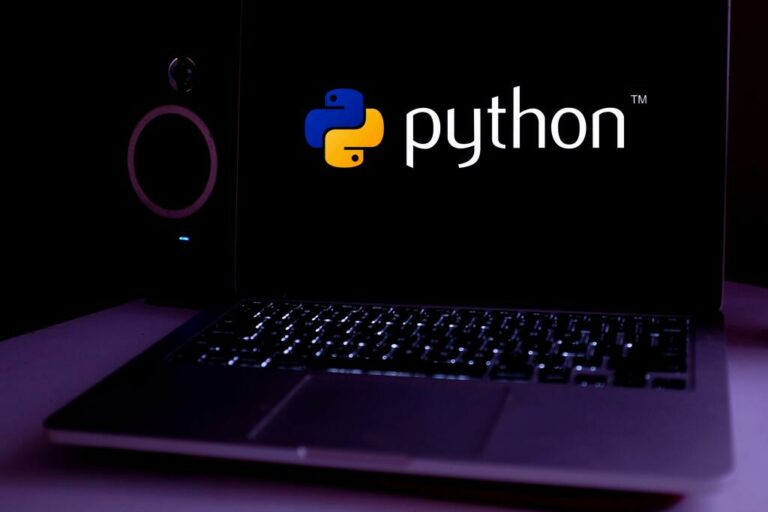Regulation technology and compliance functionality could also become embedded in the short to medium term. Over the past five years, BNPL has proliferated across e-commerce platforms, alongside the rise of unicorn enablers Affirm, Klarna, and Afterpay. Catalyzed by pandemic lockdowns, BNPL and PoS lending proved useful for consumers to access goods and services, even if they didn’t have all the money required at the point of purchase.
With embedded insurance, it’s no longer necessary to meet with an insurance agent to get coverage for an upcoming trip or a new car purchase. Some companies have embedded the insurance application process into the checkout experience. For example, travelers can purchase insurance coverage during the checkout process when booking a flight. Goodfynd uses embedded payments, too — users can pay for their food with Google Pay, Apple Pay, PayPal or card. Embedded finance speeds up the processing of financial decisions for companies, Chang said. Businesses also learn more about their customer’s spending habits and receive payments quicker than traditional invoicing.
Solaris raises $42M at a flat $1.6B valuation to expand in embedded finance after a rough 2022
With their vast repositories of customer data, banks are well placed to fast-track their embedded roadmaps. Embedded banking is the next evolutionary stage of financial services where banks and third-party software providers come together to leverage the emerging API economy. They also use emerging technologies like Artificial Intelligence , Machine Learning , Robotics, Voice based banking, Virtual Reality , Augmented reality , Blockchain, edge computing to create the invisible bank. It is mutually beneficial for banks and the businesses partnered with as it not only saves time and resources but also delivers a seamless customer experience. With PSD2 regulations and open banking norms facilitating a new era of financial services, the sector will soon see the emergence of Banking-as-a-Service models where banking APIs are embedded into third party businesses and services.
We anticipate rapid growth through 2026, with a fivefold increase in embedded B2B lending, bringing the loan volume to between $50 billion and $75 billion, or around 15% of the total, which will also rise slightly to around $430 billion. By 2026, we expect B2B payments to reach $33.3 trillion, with embedded payments taking a considerably higher share as buyers shift to eCheck, virtual cards, and value-added ACH to streamline operations and simplify AP/AR reconciliation. During this time, the B2B embedded payments market will nearly quadruple from $0.7 trillion to $2.6 trillion, with revenues growing proportionally from $1.9 billion to $6.7 billion .
Embedded Investing
However, among those who have used a brand’s embedded banking product, 36% said they return to that brand’s app or website between three and five times a month, with this figure rising to 43% among the age group. It’s not clear whether the platforms and brands embedding payments, lending, and insurance are embedding money management services as well. With roughly 60% of all financial institutions yet to deploy APIs or cloud computing, the majority of banks need more than just a new core to build this new platform.
- Embedded banking typically makes the most sense for sellers or service providers using a company’s platform to conduct business.
- By 2026, this market will grow to between $80 billion and $90 billion, with negligible growth of PoS transactions overall but an increasing share becoming embedded .
- Innovation Economy Fueling the success of early-stage startups, venture-backed and high-growth companies.
- Tuvoli facilitates speedy payment between all parties by having them set up bank accounts on the platform.
- Arrangements like these operate as a channel for the banks behind them to reach end customers.
- Financial services organizations can take advantage of opportunities inherent in each.
In the same period, we expect enabler SaaS fees to scale proportionally, growing to over $5 billion. SMBs, which represent 57% of B2B card volume, will be significant adopters as embedded penetration rises from 5% in 2021 to 15% in 2026. Much of the growth here rides on ensuring that late or unpaid invoices are fulfilled, generally by integrating a one-click payment mechanism, initiated by the customer upon receipt. This is especially valuable for SMBs, for whom late payments can threaten viability; by contrast, large enterprises generally have treasury solutions offered by traditional banks, often bundled with lending and investment products.
Can your company benefit from embedded banking?
It is tightly woven into a broader business proposition, with the intent of augmenting it. Financial fabric can be deployed for various internal or customer-facing use cases, such as payment processing, payouts, lending and card issuing. Square converted the Cash App into a business that produced $325m in Q gross profit in roughly three years. what are embedded payments This was largely accomplished by issuing debit cards linked to its Cash App P2P payment service, which it began offering to users in 2017 in partnership with Marqeta. These partnerships will provide the experience and skill sets that brands need to offer embedded finance without hiring whole teams of financial experts and software developers.

It can also provide your business with new and increased streams of revenue. Until a few years ago, offering these services required a large investment in resources, time and technological development. These integrations are now easier than ever thanks to APIs – sets of instructions that connect two pieces of software to each other to facilitate https://www.globalcloudteam.com/ the exchange of messages or data. A system that acts as a gateway between companies, customers and banks. As a bank, having an integration into your client’s ERP systems will enable you to provide them with a turnkey solution that’s quick and simple to install and provides your clients with easier access to your banking products and services.
Shareholders
Tom is a fintech industry writer who creates whitepapers and articles for Plaid. His work has been featured in publications like Forbes, Fortune, and Inc. He’s passionate about the freedom that the union between financial services and technology can create. BNPL. A BNPL offering gives customers the chance to pay for goods or services in installments at the point of purchase. Deferred payments usually come in four installments, paid within 12 months. The key is to be practical and clear about monetization strategies, focusing on how to reach the volume necessary to justify the expense of building new capabilities.

In this hotly contested market, 90% of today’s revenue pool could migrate to software vendors, major technology firms, and other contenders. To succeed, they’ll need to choose partners carefully—institutions that truly meet their needs and enablers with a razor-sharp focus on fulfilling their requirements. We estimate that PoS enablers today take a healthy 9% to 11% of the credit value. This is still significant, especially when compared with the transaction returns of BNPL, but PoS has higher servicing costs as a consequence of the business model.
The 2022 McKinsey Global Payments Report
Put simply, embedded finance is the placing of a financial product in a nonfinancial customer experience, journey, or platform. For decades, nonbanks have offered financial services via private-label credit cards at retail chains, supermarkets, and airlines. Other common forms of embedded finance include sales financing at appliance retailers and auto loans at dealerships. Arrangements like these operate as a channel for the banks behind them to reach end customers. To thrive in the modern tech powered era banks must dissociate from the legacy systems and mindsets, and move towards consumer centric, personalized, contextual and insight driven solutions.

Like all new concepts, for those just becoming acquainted with the idea, it can be challenging to get a grip on what this term means. Simply put, embedded finance is the use of financial tools or services — such as lending or payment processing — by a non-financial provider. For example, an electrical shop could offer point-of-service insurance for goods sold in-store. That resulted in monster rounds for a number of startups, including in Europe alone Klarna, Revolut, N26 and Mollie among many others. Financial fabric is an API-rich layer of financial infrastructure that can be embedded into a wide variety of applications, ranging from marketplaces to platforms to fintech apps.
Cost-of-living pressures drive consumer adoption of embedded banking, fuelling brand loyalty
According to a new report from Cornerstone Advisors, banks can create new revenue streams from new products and services already created by fintech startups—a strategy called embedded fintech. Telcos – offering digital banking products, digital wallets and payment cards (e.g., Orange Money, T-Mobile MONEY). Before embedded finance, a consumer needing to borrow money for a large purchase either had to use their credit card or take out a traditional loan from a financial institution—both of which carry high-interest rates. Embedded finance has changed that by enabling companies to offer more favorable loan options at the point of sale. Some larger platforms may decide to bring in-house certain enabling services in order to unlock marginal gains across that large scale. Relevant services could include some credit and market risk functions, as well as sales and support services, such as collections, which touch customers directly.